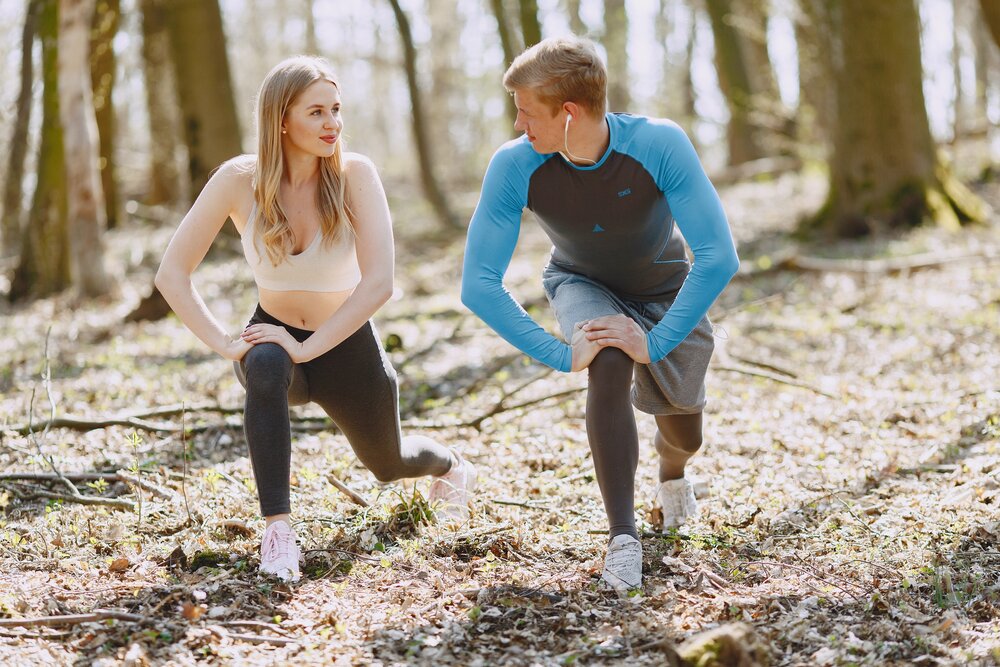By David Saunders | UPDATED: 11:28, 23 April 2020
One of the ironies of the global health crisis has been the explosion in the growth of exercise. A third of the global population – around 3.2bn people – is currently under either total or partial lockdown, and one of the very few legitimate reasons for leaving home is to partake in exercise.
Humanity craves routine, but global government responses to Covid-19 have seen daily patterns disrupted and timetables, schedules and itineraries curtailed.
To fill this void we naturally seek to form new habits, and regular exercise is one of the few options available.
Online retailers have reported massive demand for exercise equipment. Parks, streets and towpaths are crowded with runners, cyclists and walkers determined to use their allotted hour of physical exercise to the full.
For some, the exercise fad is just that: a means by which time under lockdown can be spent outdoors, but for millions around the world these daily escapes are laying foundations upon which to build when the current restrictions are eased.
Positive outcomes will be more than just increased frequencies and participation, with the potential for increased engagement with sports and exercise through attendance at events, the use of home-based, fitness-focused technology and the shift to healthier, more sustainable lifestyles.
For governments, health administrations and individuals alike, the economic, psychological and physical advantages of nurturing a stronger, fitter, healthier population are huge, but how can the sport and leisure industry harness the current enthusiasm to maximise those benefits?





